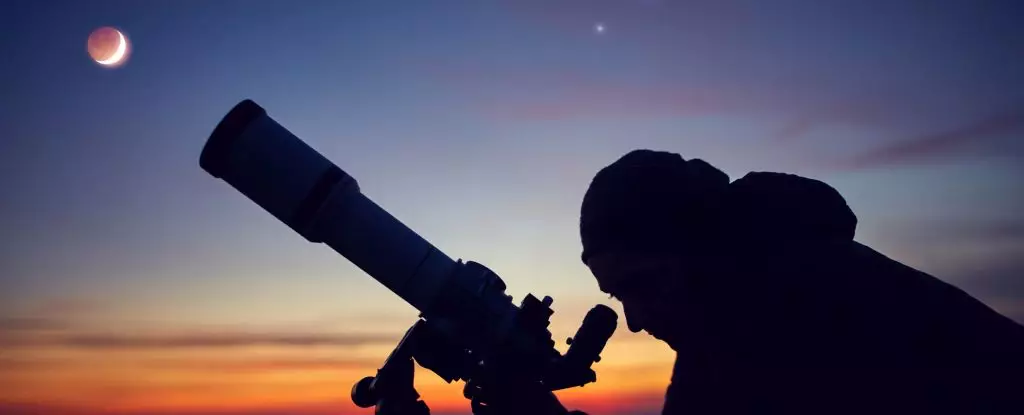The fascination with celestial events has been a significant aspect of human culture, fueling curiosity and wonder. One such phenomenal occurrence is set to enchant stargazers on the evening of February 28, 2025. This rare occasion will witness all seven planets of our Solar System—Saturn, Mercury, Neptune, Venus, Uranus, Jupiter, and Mars—align in a striking formation across the night sky. This extraordinary event, known as a great planetary alignment, promises to offer a spectacular visual treat, attracting amateur and seasoned astronomers alike. Adding to this astronomical thrill, a notable partial alignment of six out of the seven planets will take place on January 21, 2025, featuring Mars, Jupiter, Uranus, Neptune, Venus, and Saturn.
Understanding Planetary Alignments
While it is not rare for a couple of planets to appear on the same side of the Sun, it’s the grand spectacles of alignments that are less common. The definition of a planetary alignment can vary but generally involves three or more planets appearing in proximity to one another against the backdrop of the cosmos. A “large alignment” consists of five or six planets, while the full spectacle of seven planets lining up is the apex of this phenomenon, dubbed a “great alignment.” It’s crucial to note that these alignments don’t necessarily manifest as perfect rows like they are often depicted in diagrams; they create an illusion, as the planets orbit the Sun on a flat geometric plane known as the ecliptic.
The formation of our Solar System plays a pivotal role in these alignments. As stars evolve from clouds of interstellar material, they spin and flatten into a disk—a process that also sets the stage for planet formation. The planets, developing from remnants of the material in this disk, generally maintain their orbits aligned with the plane of the ecliptic. Although many planets have orbits varying slightly above or below this plane, they predominantly remain clustered in a cohesive plane much like grooves on a vinyl record. This physical structure facilitates the occasional grouping of planets on the same side of the Sun, allowing observers on Earth to witness alignments.
Viewing the Alignments: A Practical Guide
Visibility of these alignments will depend greatly on your geographic location and local atmospheric conditions. For astronomy enthusiasts wishing to catch a glimpse of this cosmic ballet, preparation is crucial. Several online platforms and tools offer valuable information concerning celestial events. Websites such as Time and Date provide interactive features that allow users to select specific dates to review rise and set times for each planet. Stellarium, another remarkable tool, graphs the positions of all celestial bodies in real time and can aid viewers in planning their stargazing sessions accurately. Additionally, the Sky Tonight mobile application can utilize your phone’s GPS capabilities to show the current positions of planets above you, making it a fantastic resource.
Tools of the Trade
While many planets can be spotted with the naked eye during these alignments, binoculars or telescopes can significantly enhance the viewing experience. These tools can reveal details usually obscured from distant sight. Now is the time to gather equipment and set the stage for these celestial displays. It’s also wise to keep your fingers crossed for clear skies, as weather conditions can play a crucial role in how well these events can be observed.
Astrological alignments have been associated with various cultural phenomena throughout history, symbolizing unity, connection, and sometimes even foretelling future events in society. The lines between astronomy and astrology may be blurred, but the excitement surrounding planetary alignments remains steadfast. Events like those in 2025 spark wonder and ignite a renewed passion for space among the general public, reigniting connections to our celestial neighbors.
The great planetary alignments of early 2025 present an opportunity to appreciate the vastness of the universe. As we look up at the night sky, we are reminded of our place within the cosmos, and the beauty that can be found when a bit of cosmic choreography unfolds before our eyes. Whether you are a seasoned astronomer or a curious novice, these upcoming occurrences are not to be missed.

